Are you considering joining the electric revolution and investing in an electric vehicle (EV)? If so, you may find yourself pondering the practicalities of EV charger installation.
From the initial decision-making process to the actual installation, there are several factors to consider. But fear not, as we guide you through the ins and outs of this electrifying journey.
So, whether you’re a curious EV owner or a potential EV enthusiast, buckle up and prepare to explore the world of EV charger installation.
Types of EV Chargers
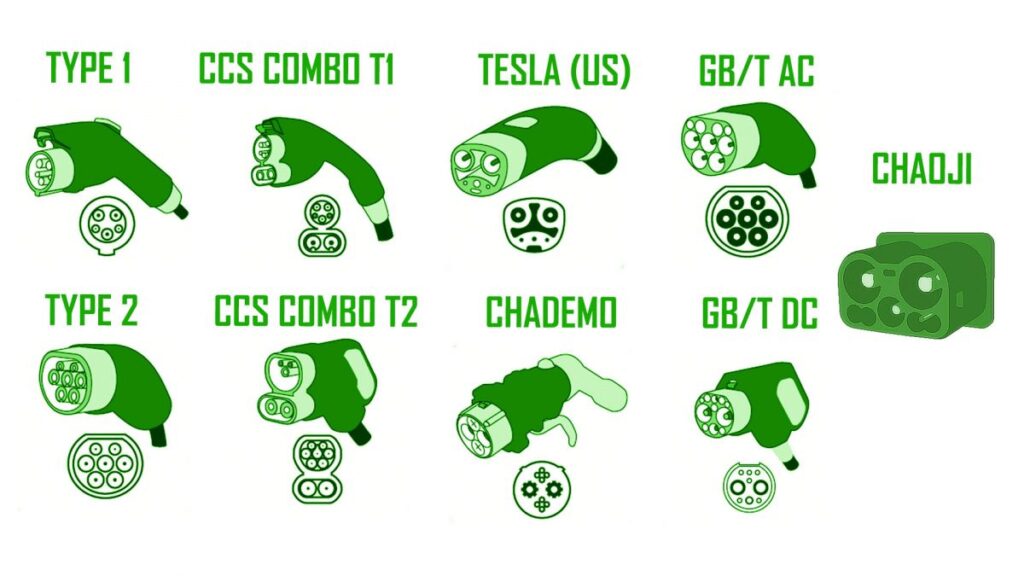
There are three main types of EV chargers that are commonly used for electric vehicles.
The first type is Level 1 charging, which is the slowest option with a charging rate of around 2 to 5 miles per hour. This type of charger is typically used for residential charging and relies on a standard 120-volt outlet. It’s the most basic and affordable option, but it requires a longer time to fully charge the vehicle.
The second type is Level 2 charging, which is the most common option for both residential and public charging. It delivers power at a rate of around 10 to 60 miles per hour, depending on the charging station and the vehicle’s onboard charger. Level 2 chargers require a 240-volt outlet and can be installed at home or in public locations such as shopping centers, parking garages, and workplaces.
The third type is DC fast charging, also known as Level 3 charging. This option provides the fastest charging rates, typically ranging from 80 to 150 miles of range per 20 minutes of charging. DC fast chargers require specialized equipment and can charge a vehicle from 0 to 80% in a relatively short time. These chargers are commonly found along highways, enabling long-distance travel for electric vehicles.
In addition to these three main types, there’s ongoing development in wireless charging technology, which eliminates the need for physical connections between the charger and the vehicle. This technology holds the potential to revolutionize the EV charging experience, providing convenient and effortless charging options.
Factors to Consider Before Installation
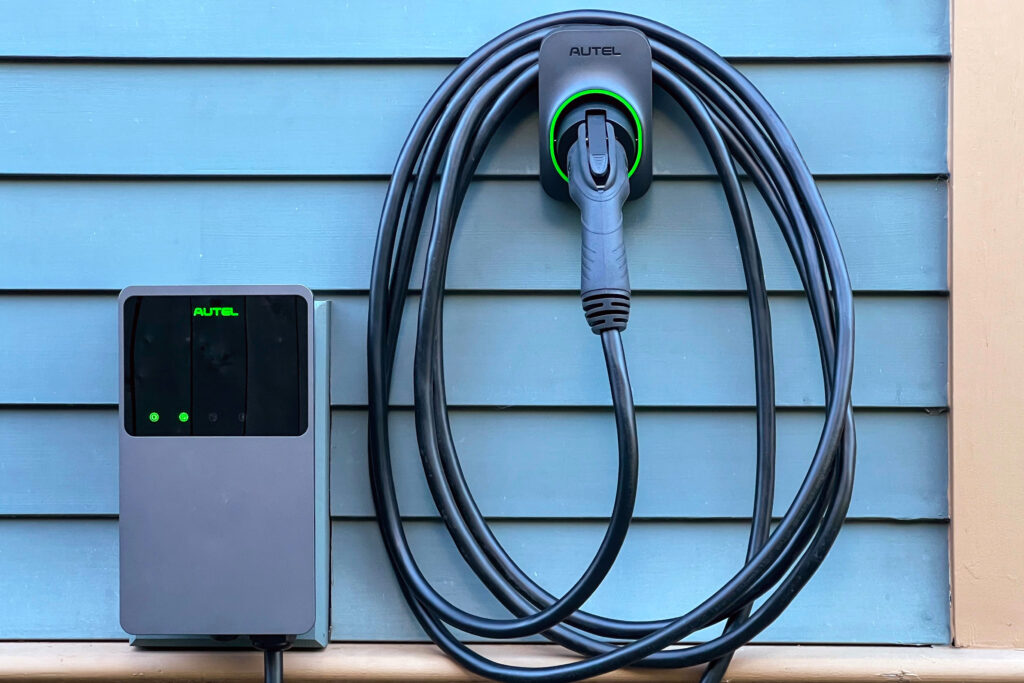
Before installing an EV charger, it’s crucial to carefully consider various factors to ensure a successful and efficient charging setup. Two key factors to consider are cost considerations and electrical requirements.
Firstly, cost considerations play a significant role in determining the feasibility of installing an EV charger. The installation cost includes not only the price of the charger itself but also the expenses associated with electrical work, permits, and any necessary upgrades to your electrical panel.
Additionally, ongoing operational costs, such as electricity consumption and maintenance, should be taken into account. It’s essential to evaluate your budget and determine the total cost of ownership before proceeding with the installation.
Secondly, understanding the electrical requirements is vital for a smooth installation process. EV chargers require a dedicated circuit with sufficient electrical capacity to handle the charging demands. The electrical panel’s capacity must be assessed to ensure it can accommodate the additional load without overloading the system.
It may be necessary to upgrade the panel or service entrance to meet the charging needs. Consulting with a licensed electrician is recommended to assess the electrical infrastructure and determine the necessary upgrades or modifications.
Considering these factors, cost considerations and electrical requirements are critical aspects to evaluate before installing an EV charger. By carefully assessing these factors, you can ensure a successful and efficient charging setup that meets your needs and budget.
Step-by-Step Guide to Installing an EV Charger
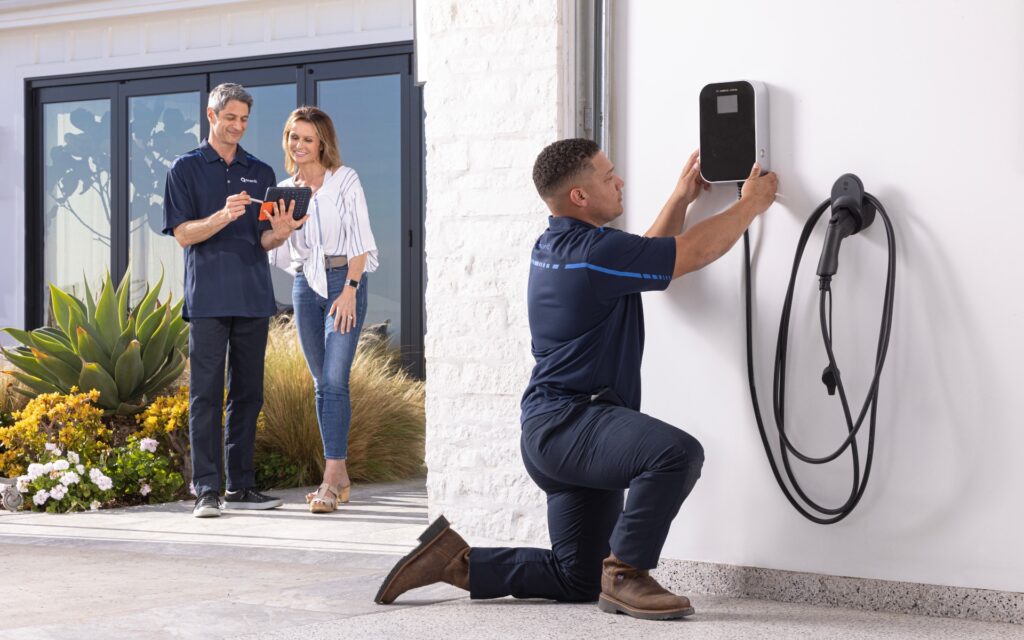
To begin the installation process of an EV charger, carefully assess the location and ensure it meets the necessary requirements for a safe and efficient charging setup. Start by determining if your chosen location has access to a dedicated circuit breaker with sufficient amperage to support the charger’s power requirements. This is crucial for avoiding overloads and electrical hazards.
Next, consider the compatibility of your EV charger with your vehicle. Ensure that the charger you select is compatible with the make and model of your electric vehicle. Some chargers may require specific adapters or connectors, so make sure to check the manufacturer’s specifications.
Once you have chosen the right charger and confirmed its compatibility, it’s time to plan the installation. Determine the most optimal location for the charger, taking into account factors such as proximity to the power source, ease of access for plugging in the vehicle, and the availability of a sturdy mounting surface.
Before proceeding with the installation, consult with a licensed electrician to assess the electrical infrastructure and confirm that it can handle the additional load. This step is crucial to ensure the safety of the installation and comply with local electrical codes.
Once the location and electrical requirements are met, proceed with the installation by following the manufacturer’s instructions carefully. This typically involves mounting the charger securely, connecting it to the electrical supply, and configuring any necessary settings for charging speed optimization.
After installation, it’s recommended to test the charger and ensure it’s functioning correctly before regular use. This includes checking for proper power delivery, verifying the charging speed, and ensuring that all safety features are operational.
Following these steps will help you install an EV charger that’s compatible with your vehicle and optimized for efficient charging speeds.
Common Challenges and Solutions During Installation
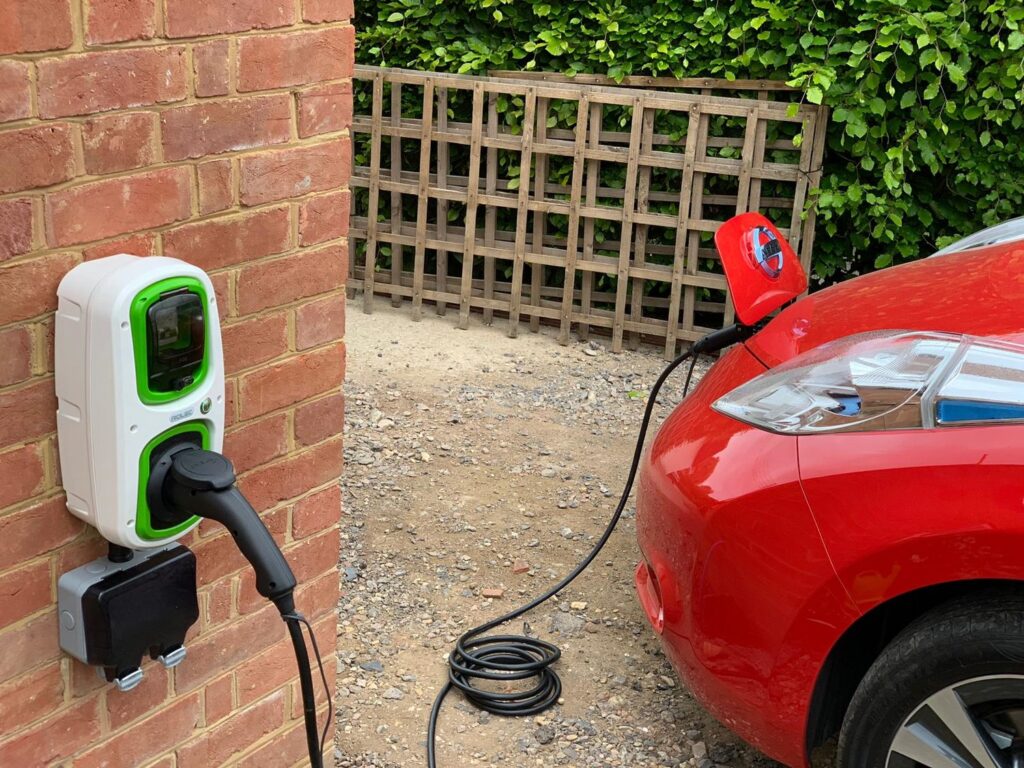
Now that you have assessed the location and planned the installation for your EV charger, it’s important to be aware of the common challenges that may arise during the installation process and the solutions to overcome them.
Two major challenges you may encounter are permit requirements and cost considerations.
When it comes to permit requirements, each jurisdiction may have its own set of regulations and guidelines for EV charger installations. It’s crucial to research and understand these requirements before starting the installation process. Some common permit requirements include obtaining electrical permits, submitting detailed plans and specifications, and following specific installation codes.
To overcome this challenge, it’s recommended to consult with a professional electrician or contractor who’s experienced in EV charger installations. They can guide you through the permit application process and ensure compliance with local regulations.
Cost considerations are another challenge that you need to address. Installing an EV charger can involve various expenses, such as the cost of the charger unit itself, electrical upgrades, trenching, and installation labor. To overcome this challenge, it’s advisable to obtain multiple quotes from reputable electricians or contractors.
This will allow you to compare costs and select the most cost-effective option. Additionally, you can explore potential incentives or rebates offered by your utility company or government agencies to offset some of the installation costs.
Maintenance and Upkeep of EV Chargers
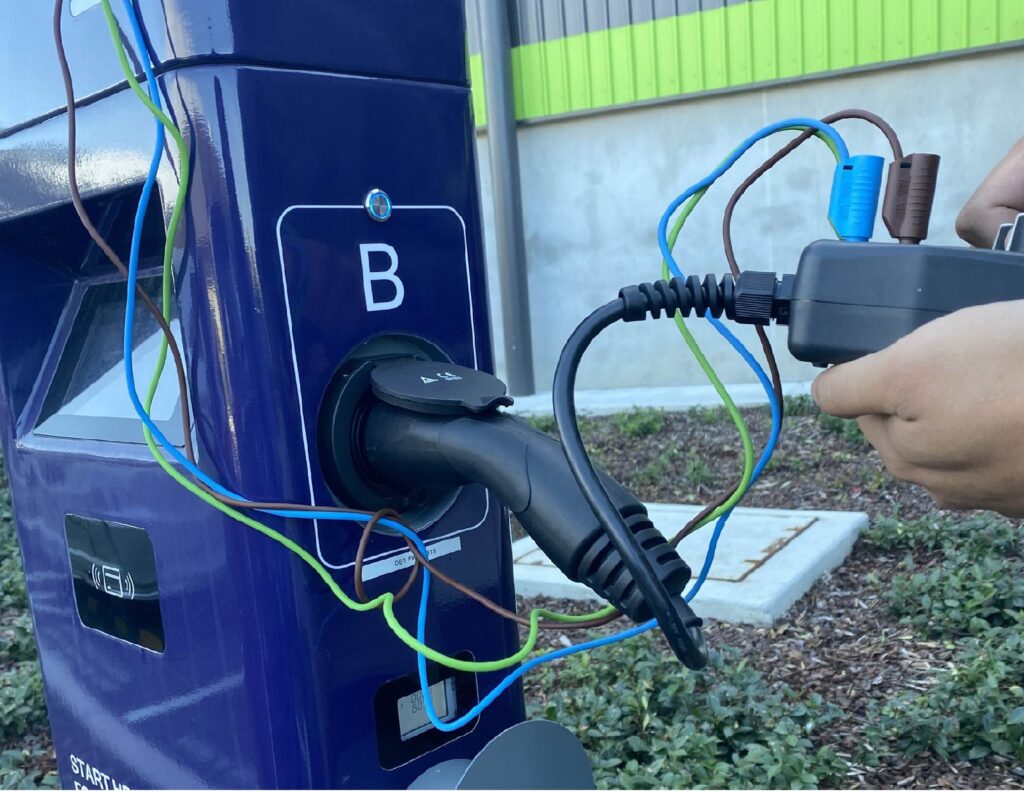
Regular maintenance and upkeep are essential for ensuring the optimal performance and longevity of EV chargers. By following proper maintenance tips and employing troubleshooting techniques, you can keep your EV charger running smoothly.
To begin with, it’s important to regularly inspect the physical condition of your EV charger. Check for any signs of damage or wear, such as loose connections, frayed cables, or corrosion. If you notice any issues, it’s crucial to address them promptly to prevent further damage and ensure the safety of the charging system.
In addition to physical inspections, it’s recommended to regularly clean the EV charger, especially the charging ports. Dust, dirt, or debris can hinder the proper connection and affect the charging efficiency. Use a soft cloth or brush to remove any buildup and keep the charging ports clean.
Furthermore, monitoring the charging performance and analyzing any deviations from the norm can help in detecting potential problems. Keep track of the charging time, voltage levels, and any error messages displayed on the charger or the vehicle’s onboard system. If you notice any irregularities, consult the manufacturer’s troubleshooting guide or contact a certified technician for assistance.
Conclusion
In conclusion, as the electric vehicle (EV) revolution gains momentum, the considerations for EV charger installation become pivotal in shaping the future of transportation. The diverse range of chargers, from Level 1 to high-speed Level 3 options, underscores the evolving landscape of sustainable mobility. In contrast to traditional oil and gas vehicles, the shift towards EVs represents a crucial step in reducing environmental impact and dependence on finite resources.
Frequently Asked Questions
How Much Does It Cost to Install an EV Charger at Home?
Installing an EV charger at home can be costly. Considerations such as electrical upgrades, permits, and labor costs can significantly impact the overall expense. The installation process involves wiring, mounting, and connecting the charger to your electrical system.
Can I Install an EV Charger in an Apartment Complex or Shared Parking Space?
You can install an EV charger in an apartment complex or shared parking space, but there are challenges. Regulations for apartment complexes vary, and shared parking can make installation more complex.
Are There Any Government Incentives or Rebates Available for EV Charger Installation?
Yes, there are government incentives and financial assistance available for EV charger installation. These programs aim to encourage the adoption of electric vehicles and support the development of charging infrastructure.
How Long Does It Typically Take to Install an EV Charger?
EV charger installation time can vary depending on several factors. Factors like the type of charger, electrical panel capacity, and any necessary upgrades can affect the installation time.
Can I Install an EV Charger if I Don’t Have a Dedicated Parking Space?
Without a dedicated parking space, installing an EV charger poses challenges. However, there are alternative charging options available, such as public charging stations or workplace charging programs. These options can ensure convenient access to charging facilities.
